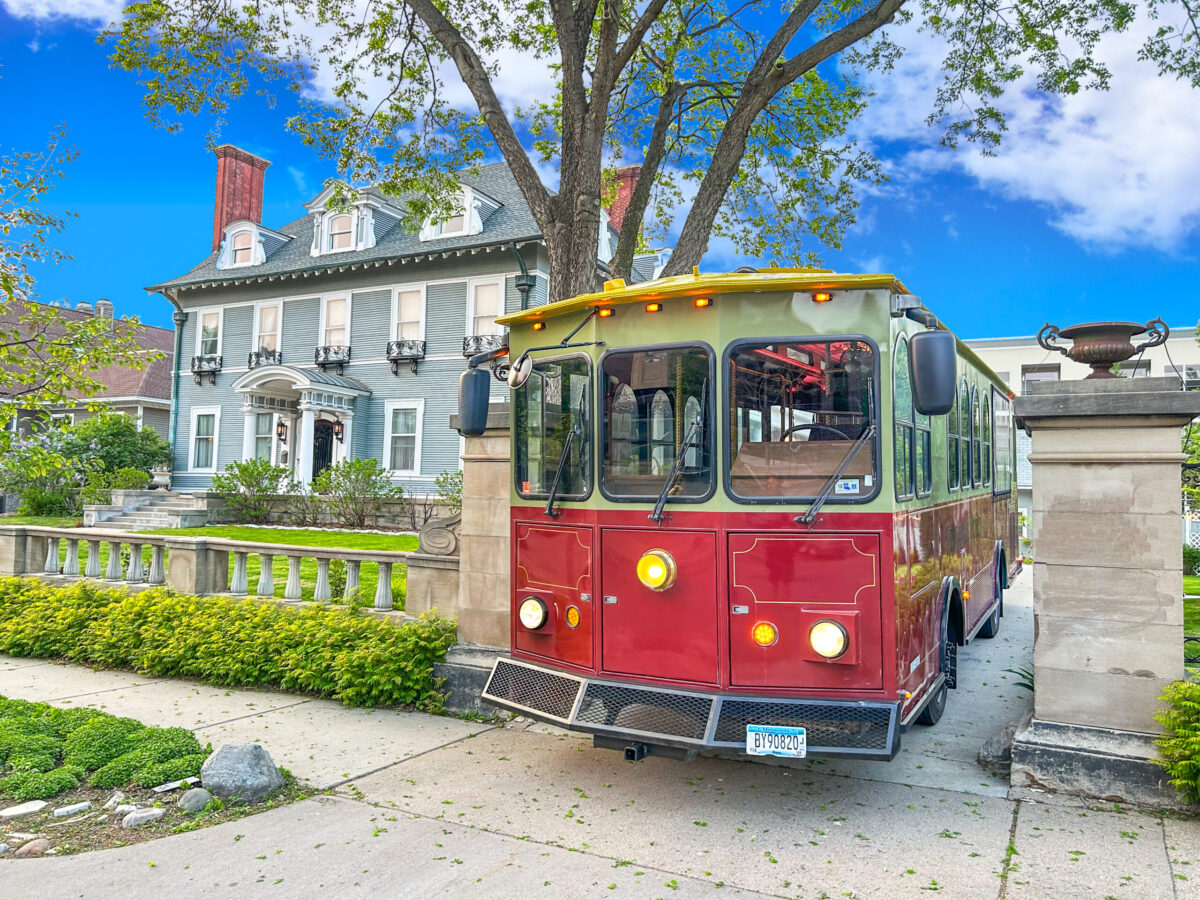An Overview: The Turnblad Mansion in Minneapolis
This mansion and others are visited on the Gilded Age Mansion Tour by Minneapolis Trolley Tours. To book this or other year round tours from Wine tours to ghost tours, visit the trolley tours main page and pick your attraction.
Nestled amidst the bustling streets of downtown Minneapolis, stands a magnificent testament to the city’s rich history: the Turnblad Mansion. Built between 1904 and 1908, this architectural gem is shrouded in mystery and misinterpretation of Turnblad’s motives.
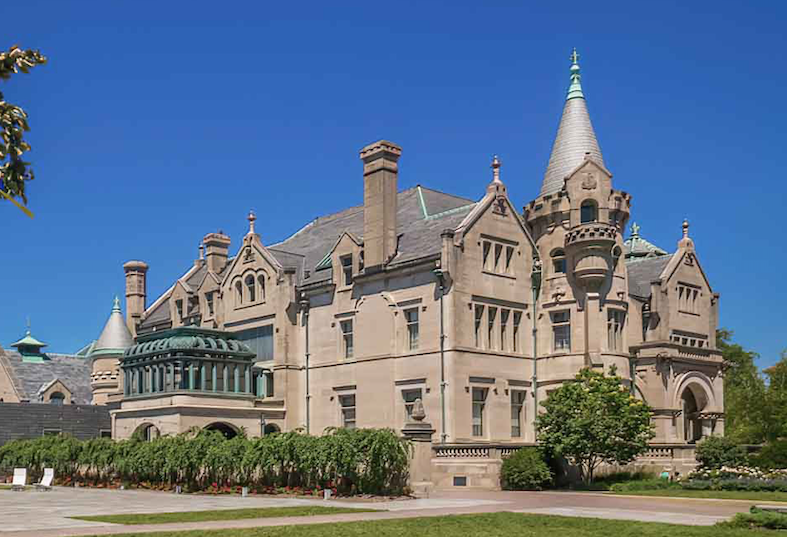
From Economic Swedish Immigrant to Cultural Center:
The mansion was commissioned by Swedish immigrant and Swedish newspaper owner Swan Turnblad. Designed by prominent architects Christopher Boehme and Victor Cordella, the mansion exemplifies the Beaux-Arts style, showcasing intricate stonework, decorative plaster, and a stunning variety of architectural details.
With 33 distinct rooms, each boasting its own unique style and décor, the Turnblad Mansion was used as a house noncommittally by the family of three with two servants for a number of years. When Swan Turnblad’s wife died in 1929, Swan and his daughter moved out of the house and formed the American Institute for Swedish Art, Literature, and Science. Turnblad donated his mansion, library, and furnishings to the organization that would become the American Swedish Institute (ASI). Importantly, Turnblad also donated his Swedish newspaper to the American Institute for Swedish Art, Literature, and Science to support his Swedish Museum.
Preserving Heritage, Fostering Culture:
Beginning in 1976, The ASI undertook a meticulous restoration, ensuring the mansion’s architectural integrity and historical significance were preserved. Today, the Turnblad Mansion serves as a cornerstone of the ASI, a cultural center dedicated to celebrating Swedish and Nordic heritage.
Public Tours and Immersive Experiences
Visitors can embark on guided tours, led by knowledgeable ASI educators, to delve into the fascinating history of the mansion and the Turnblad family. The tours illuminate the architectural details, showcase the diverse design styles, and share captivating stories about the lives lived within these walls.
- Immersive Holiday Experience: During the winter months, the mansion transforms into a magical wonderland, hosting the ASI’s renowned “Once Upon a Mansion” holiday experience. The festive atmosphere, filled with Nordic traditions, crafts, and performances, attracts visitors of all ages.
- Wedding Venue: Couples seeking a unique and romantic setting for their wedding ceremony and reception can choose the Turnblad Mansion. The grand ballroom, elegant courtyard, and intimate rooms offer a variety of spaces to make the special day unforgettable.
- Meeting & Event Space: The mansion provides a sophisticated and historic setting for corporate meetings, social gatherings, and private events. The versatile spaces can accommodate groups of various sizes, offering a unique alternative to traditional venues.
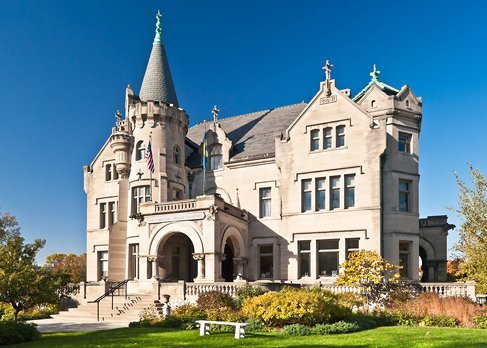
Beyond Tours: What Motivated Turnblad to Build his Gilded Age Mansion?
Why did Swan build his Gilded Age Mansion? The Turnblad Mansion is much more than just a museum. To understand Turnblad, is to understand the environment he immigrated into in the 1800s. The Swedes struggled against the constraints of the social order and were deeply discriminated against.
Facing Discrimination as Swedish Immigrants in the Late 1800s Midwest
While stories of the Swedish “America Letter” paint a picture of opportunity and prosperity for immigrants who flocked to the Midwest in the late 1800s, the reality was far more complex. Beyond the promise of farmland and economic freedom lay a harsh undercurrent of discrimination and prejudice that deeply impacted their lives.
From Promised Land to Prejudice:
Fueled by economic hardships and famine back home, Swedes arrived in the Midwest with dreams of building a better life. Their strong work ethic, religious background, and reputation for peaceful living initially made them seem like desirable settlers. However, as their numbers grew, they faced increasing hostility from established communities.
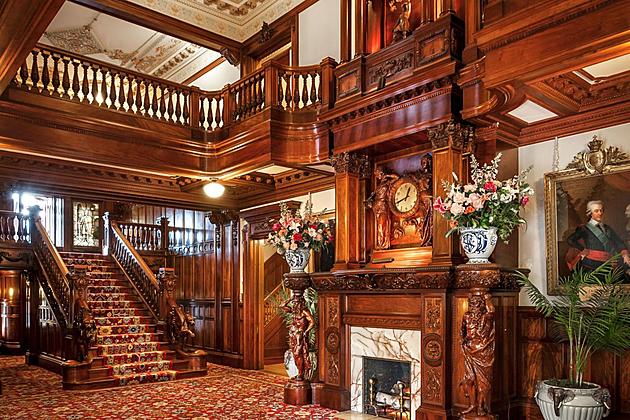
Targets of Stereotypes:
Swedes were often labeled as “dumb Swedes” due to their difficulty with English and unfamiliar customs. Their distinct cultural practices and traditions, including Lutheran faith and traditional holidays, were viewed with suspicion and mocked by the dominant Anglo-Saxon population. Their perceived “clannishness” and tendency to settle in close-knit communities further fueled feelings of exclusion.
Barriers to Belonging:
Discrimination manifested in various ways. Swedes often faced limited access to employment opportunities, particularly in skilled trades, despite their strong work ethic. Their children encountered prejudice in schools, being ridiculed for their accents and cultural differences. Social integration proved challenging, with many experiencing exclusion from social clubs and community events.
Fighting for Acceptance:
Swedish immigrants didn’t passively accept their marginalized status. They formed tight-knit communities, establishing their own churches, newspapers, and social organizations. These institutions provided support, preserved their cultural identity, and fostered a sense of belonging. Additionally, some Swedes entered politics, advocating for fairer treatment and challenging discriminatory practices.
Despite the Adversity, Turnblad Prospered. He prospered in a time and an era when Rich Industrialists were building Gilded Age Mansions. They were more than houses. Here is the reasoning:
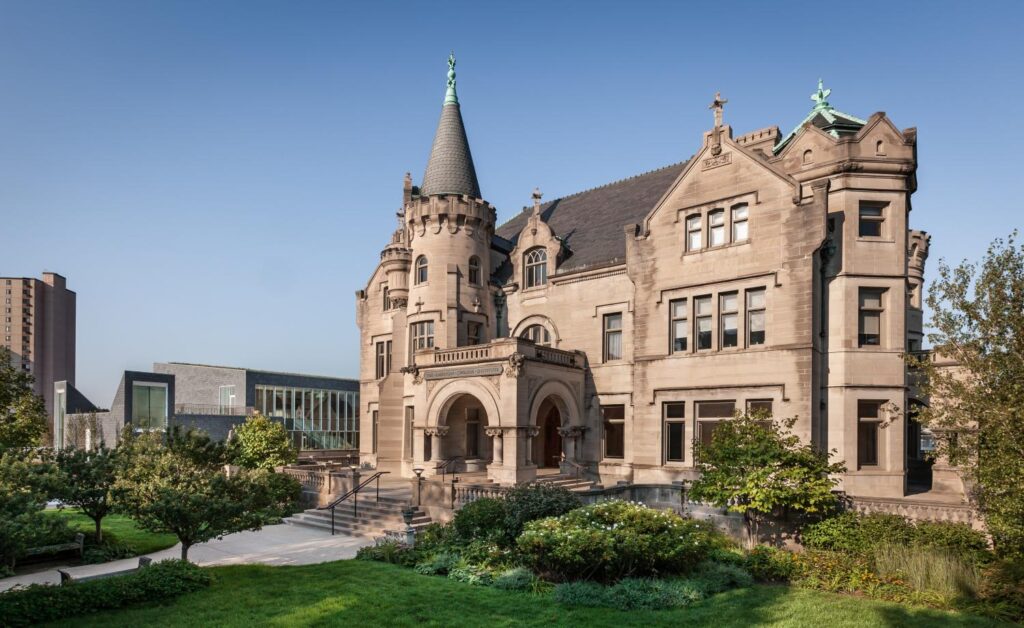
Beyond Bling: Unveiling the Motives Behind Gilded Age Mansions
The late 19th and early 20th centuries, fondly (or perhaps ironically) named the “Gilded Age,” saw an explosion of opulent mansions across the United States. These architectural behemoths, flaunting their wealth and grandeur, were more than just extravagant homes – they were statements of power, ambition, and the evolving social landscape. So, why did these rich industrialists choose to invest in such monumental displays of wealth? These are the driving forces behind these architectural expressions:
Conspicuous Consumption: Keeping Up with the Carnegies
In an era of unprecedented economic growth, industrialists amassed vast fortunes. With wealth came a desire to showcase it, leading to a game of “conspicuous consumption,” as defined by economist Thorstein Veblen. These mansions served as billboards of success, their size and grandeur directly proportional to the owner’s financial prowess. Think Vanderbilt’s Biltmore with its 250 rooms, a testament to his railroad empire’s dominance.
Brad had the first electric car in Minneapolis and he loved showcasing modern technology. Most of his success that his newspaper was due to his implementation of brand new technology. His mansion has what was available at the time for modern technology, but it was not built as a modern showcase for technology. Turnblad also was not trying to keep up with anybody in town. There was no Swede that had his level of prosperity. Read on to discover, his real motives.
Social Aspirations: Climbing the Social Ladder
Amidst rigid social hierarchies, newly minted millionaires craved acceptance into established circles. These mansions served as gateways, their elaborate architecture and lavish furnishings aiming to impress and intimidate. Gilded Age balls and social gatherings within these walls aimed to forge connections with old money families and solidify their climb up the social ladder.
It has been claimed that this is what Turnblad was attempting to do. It is just not true. He never hired more than two servants, just enough to barely take care of his family, and in no way capable of entertaining. Turnblad had one single event at his Gilded Age Mansion, and that was a fundraiser for his Swedish Museum, soon to be housed in the mansion.
Artistic Expression: A Canvas for Creativity
Beyond mere ostentation, some industrialists viewed their mansions as canvases for artistic expression. They hired renowned architects and designers, experimenting with different styles and incorporating cutting-edge technology. The Biltmore, for example, showcased innovations like electric elevators and central heating, while the Hearst Castle in California embraced a whimsical blend of architectural styles.
Turnblad’s mansion also showcased the wonders of the technological revolution, but his mansion was also quite whimsical. It was a hodge-podge of design concepts he saw in his travels, albeit masterfully incorporated together by his able architects. Importantly he showcased Swedish culture notably with his stained glass and tiled stoves. Here is an interesting blog on the importance of the Turnblad mansion with special commentary on the significance of stained glass. Turnblad also heavily used Swedish workers.
Political Influence: Lobbying from the Living Room
These mansions weren’t just private residences; they were centers of political influence. Hosting lavish galas and receptions, industrialists wooed politicians and swayed public opinion to further their business interests and political agendas.
Swan Turnblad had few connections, especially outside of the insular Swedish enclave in the Midwest. It is difficult to believe that he would imagine himself inviting dignitaries to his castle to afffect public policy. In fact the biggest misunderstanding about Turnblad and his motives revolves on his social aspirations. People today believe that Turrnblad built his monumental Gilded Age Mansion to break into society andbe accepted. This is very clearly not the case.
Turnblad’s mansion was not built in a modern style that would let him slide into society. It was built in the style of a fanciful castle divined from his trips in Europe. Opposite of trying to fit in, he was sending a clear and emphatic message to his contemporaries and through to today, “Swedes are capable of all of this and more.” The mansion was built as a snub to the ruling elites, and a beacon on the hill of hope to the downtrodden Swedish immigrants.
Legacy Building with Gilded Age Mansions: Immortality Through Brick and Mortar
Driven by a desire to leave a lasting mark, these industrialists saw their mansions as monuments to their achievements. They envisioned them as enduring legacies, passed down through generations, solidifying their family names in history. The Vanderbilts, Rockefellers, and Carnegies all hoped their grand estates would forever symbolize their contributions to American society.
And this might be the greatest clue in Turnblad’s reasoning. Turnblad did not leave much about himself. He was not trying to be the legacy. His only child, a daughter, was a spinstress. His family barely lived in the Gilded Mansion and he moved out as soon as his wife passed, and she did not love the house as a home. It was built on seismic proportions not to celebrate Turnblad, but to celebrate Swedes. He never named the house, or left a personal mark on the house. The mansion was always destined to be a museum, and a museum independent of Turnblad.
Turnblad’s Mansion as an American Swedish Institute
The Gilded Age mansions were more than just symbols of excess. They were complex expressions of the era’s social, economic, and political forces. Understanding these motivations allows us to appreciate them not just as architectural marvels, but as windows into a fascinating, and sometimes troubling, period in American history.
As a product of the Gilded Age, it is understandable that Turnblad chose to build a monumental mansion to send his message. But his message was not about himself personally, but about his culture, and the Swedish people in general. Turnblad used the tool of the Gilded Age, a colossal mansion to communicate nearly the opposite of what every other mansion was designed to portray.
Turnblad focused on the legacy of all Swedes, not his own. He built huge to inspire other Swedes to aim high and accomplish more. He wanted to send a message to Minneapolis and the Midwest that Swedes were worthy.
This is an example of the deep dive Minneapolis Trolley Tours does on all types of subject matters from food and wine to the paranormal. Hop on a Trolley Tour here.

